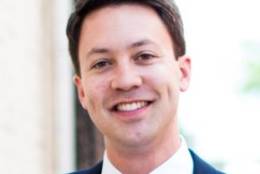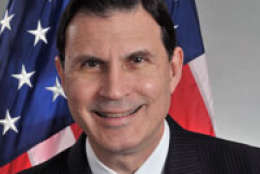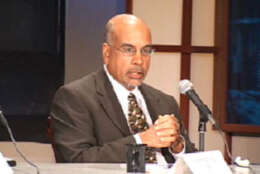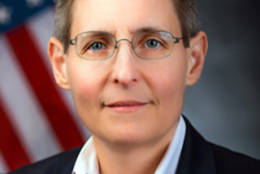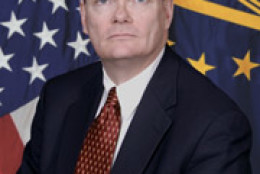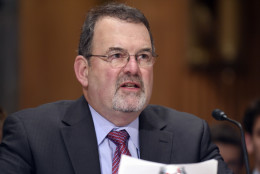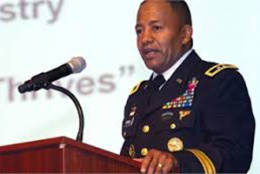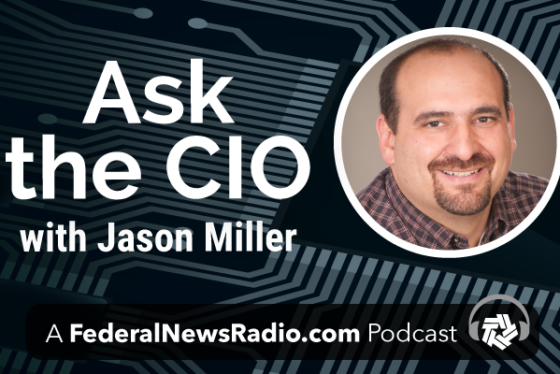Ask the CIO
-
Trevor Rudolph, the chief of business operations and cybersecurity for Whitehawk and a former chief of OMB’s cyber and national security team, said during his five years on the job he has seen a marked improvement in how agencies are securing their data and systems.
February 10, 2017 -
Janice Haith, who retired Feb. 2 after 34 years in government, including the last six years as the Department of Navy’s deputy CIO for the U.S. Navy, said the DoN has seen millions of dollars in savings moving to an enterprise software license approach.
February 03, 2017 -
Joe Klimavicz, Justice Department chief information officer, is moving DoJ to a Microsoft 365 cloud-based solution to ensure its various components can communicate effectively.
February 03, 2017 -
Sources confirmed CIOs from State, DHS, EPA and OPM and the CTO from VA talked a variety of issues with the Trump transition team toward the end of Obama administration.
January 30, 2017 -
Kshemendra Paul, who spent six years as the program manager of the Information Sharing Environment, recently took a new job with the Homeland Security Department as deputy director for Mission and Strategy on the Information Sharing and Services team in the agency’s chief information officer’s office.
January 27, 2017 -
Before leaving the Obama administration, Tony Scott, the federal CIO, released a report for the next administration to better understand the past, current and potential future of technology in agencies.
January 23, 2017 -
Rob Klopp, the Social Security Administration’s out-going chief information officer, said by taking over the management of the Disability Case Processing System, applying an agile or dev/ops approach and listening to their customers at the state level, the agency made more progress in 14 months than it did in the previous four years.
January 19, 2017 -
Ann Dunkin, the Environmental Protection Agency chief information officer, said changes to the governmentwide capital planning and investment control process is one way that will help agencies better understand their spending on legacy systems.
January 12, 2017 -
Terry Halvorsen, who has been the Defense Department’s chief information officer since the summer of 2014, said Wednesday that he will retire from government service on Feb. 28, but that the department's current IT policies and priorities are unlikely to undergo significant changes during the transition to a new administration.
January 12, 2017 -
The new year brings a host of people on the move, including a new deputy CIO at the Defense Department and a familiar face leading the Consumer Financial Protection Bureau’s IT office.
January 09, 2017 -
Tony Scott, the federal chief information officer, said in an exit interview that the update to Circular A-130 and the Federal IT Acquisition Reform Act (FITARA) are among the most significant accomplishments during his almost two-year tenure, which will end Jan. 17.
January 06, 2017 -
Lt. Gen. Bob Ferrell, the Army’s chief information officer/G6, said there are several parallel initiatives like data center consolidation and network consolidation to reach the end goal of having a modernized IT infrastructure and end-user services.
December 16, 2016 -
Federal IT Dashboard data compiled exclusively for Federal News Radio shows the average time it takes an agency to complete an IT program to is 1,018 days and the average cost is $23.2 million per program. Both of these data points demonstrate the need to change how CIOs and mission owners measure project success.
December 15, 2016 -
Beyond the federal scorecard, DHS and State provide details on how IT reforms are impacting their respective agencies.
December 12, 2016 -
Sylvia Burns, the Interior Department’s chief information officer, said her team responded aggressively over the last 18 months to improve the agency’s cybersecurity posture, including using two-factor authentication for computer access.
December 08, 2016

